The unlikely synchronicity between Italian radicalism and Japanese metabolism
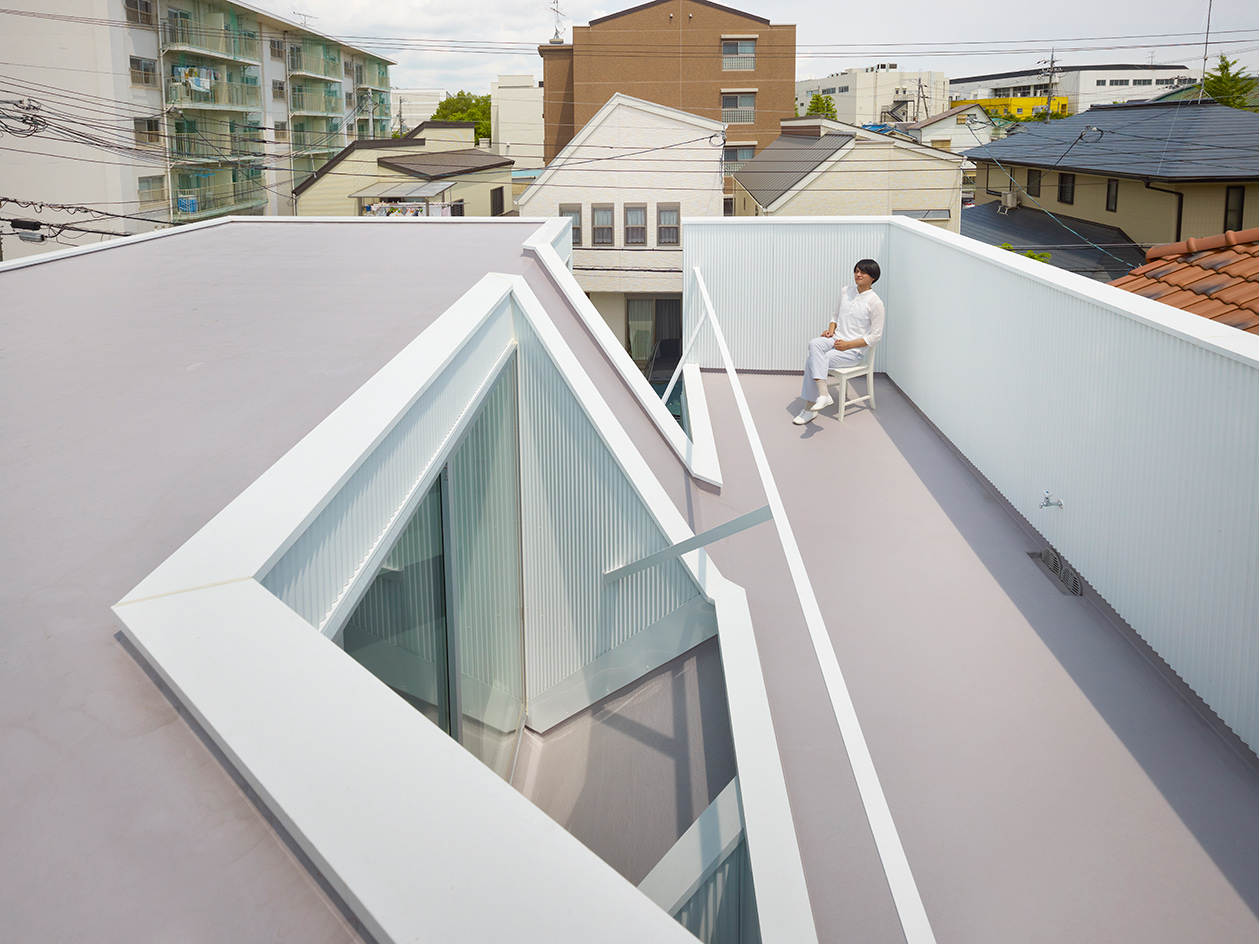
A new exhibition addressing two architectural movements from the 1960s and 70s – the metabolists in Japan and the radicals in Italy – has opened at the Museo Carlo Bilotti in Rome. Organised by Fondazione Italia Giappone, a group promoting and strengthening the nations’ 150-year diplomatic relationship, ‘Invisible Architecture’ compares building design in Italy and Japan at the dawn of the two conceptual movements, then surveys contemporary work from both countries.
Having sprung up amid political revolution following decades of war, metabolism and radicalism share remarkable synchronicity. Both came from a place of idealism, where utopian schemes, masterplans, living space and civic buildings were designed to ease societal shifts – even if they were rooted in distinct cultures and historical experience. Regardless, they went on to make a remarkable impression on future generations, at home and abroad.

Superstudio, Viaggio nelle Regioni della Ragione, 1968.
A highly creative architecture of purpose flourished within these stabilising societies – an attempt to gain control over a swiftly evolving landscape and rapid developments in science and technology. ‘Invisible Architecture surveys these projects through the lens of three themes: environment, technology and inhabitation. Curator Rita Elvira Adamo grew this substantial survey from a research project at London Metropolitan University, collaborating with Italian academics Cristiano Lippa and Federico Scaroni from the University of Tokyo.
Works on display include designs by Sou Fujimoto, Yamazaki Kentaro, Onishimaki + Hyakudayuki Architects, Yuko Nagayama, OFL Architecture, DAP Studio, Ian+, Studio Wok and Tipi Studio. The exhibition culminates with a large site-specific inflatable by Analogique, which meditates on the values of the two groups.
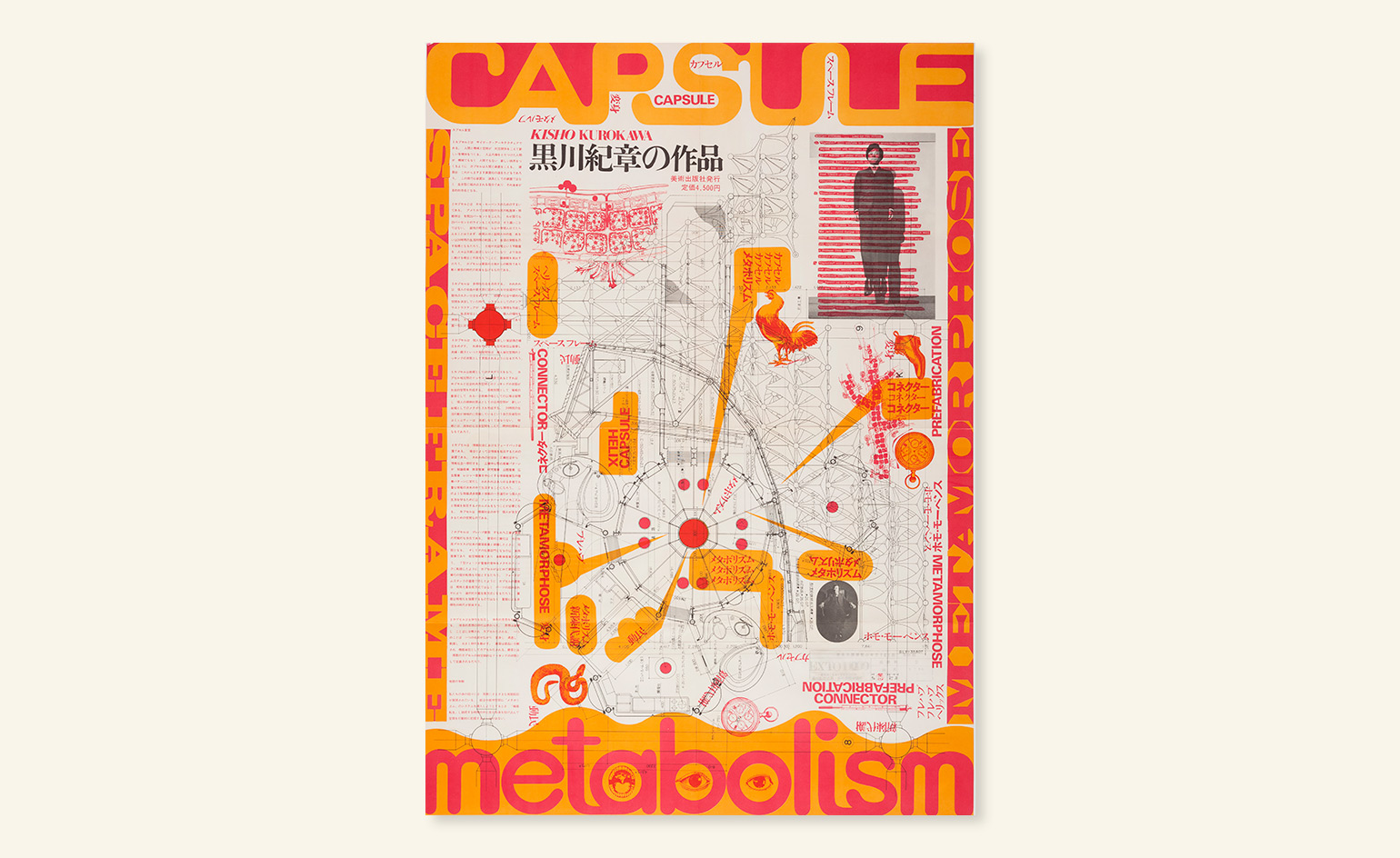
Awazu Kiyoshi, poster for the work of Kisho Kurokawa, 1970.

Strutture in Liquefazione by Archizoom, 1968.

A versatile metal frame hosts objects and images in the exhibition.
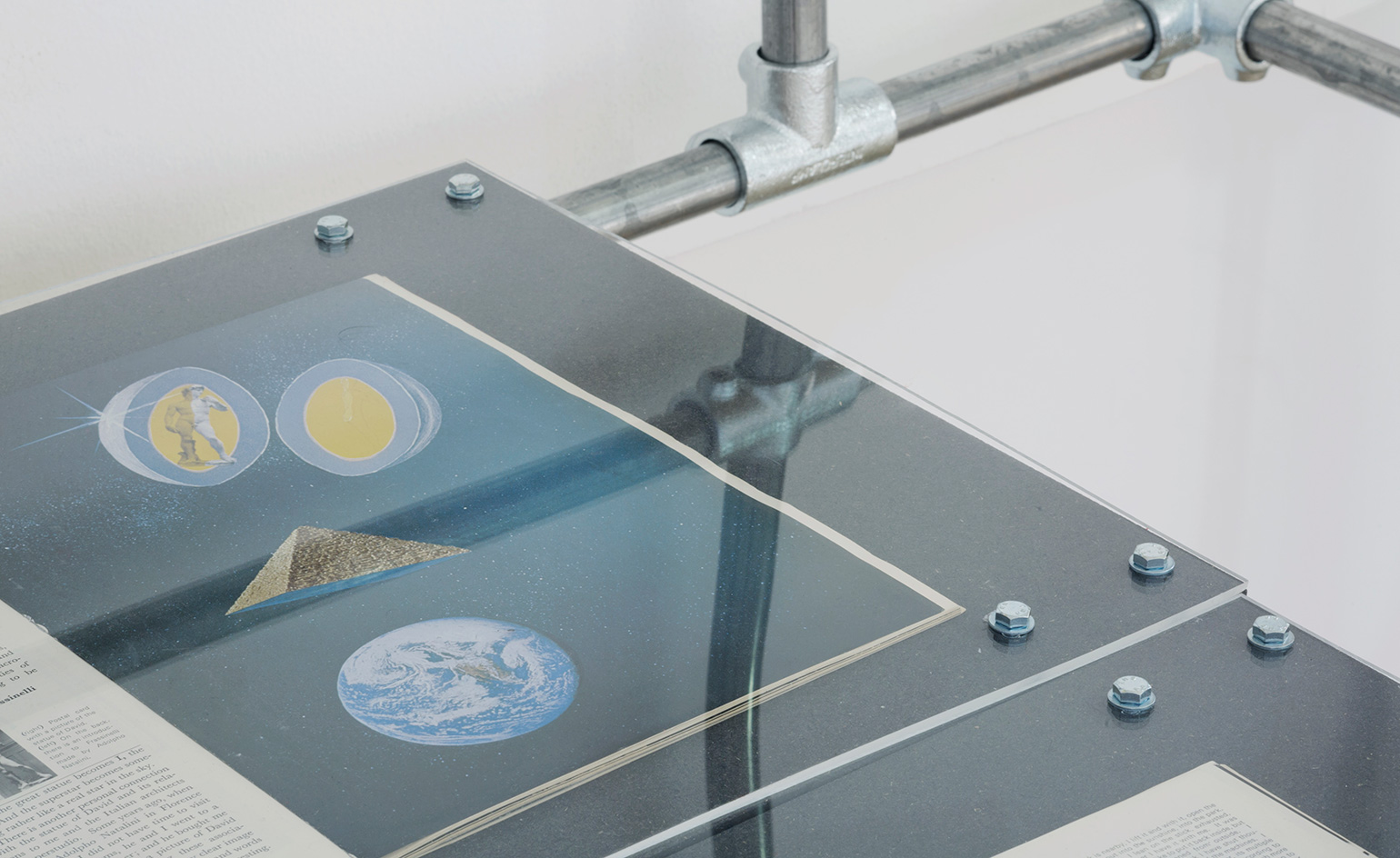
A detail of the exhibition.
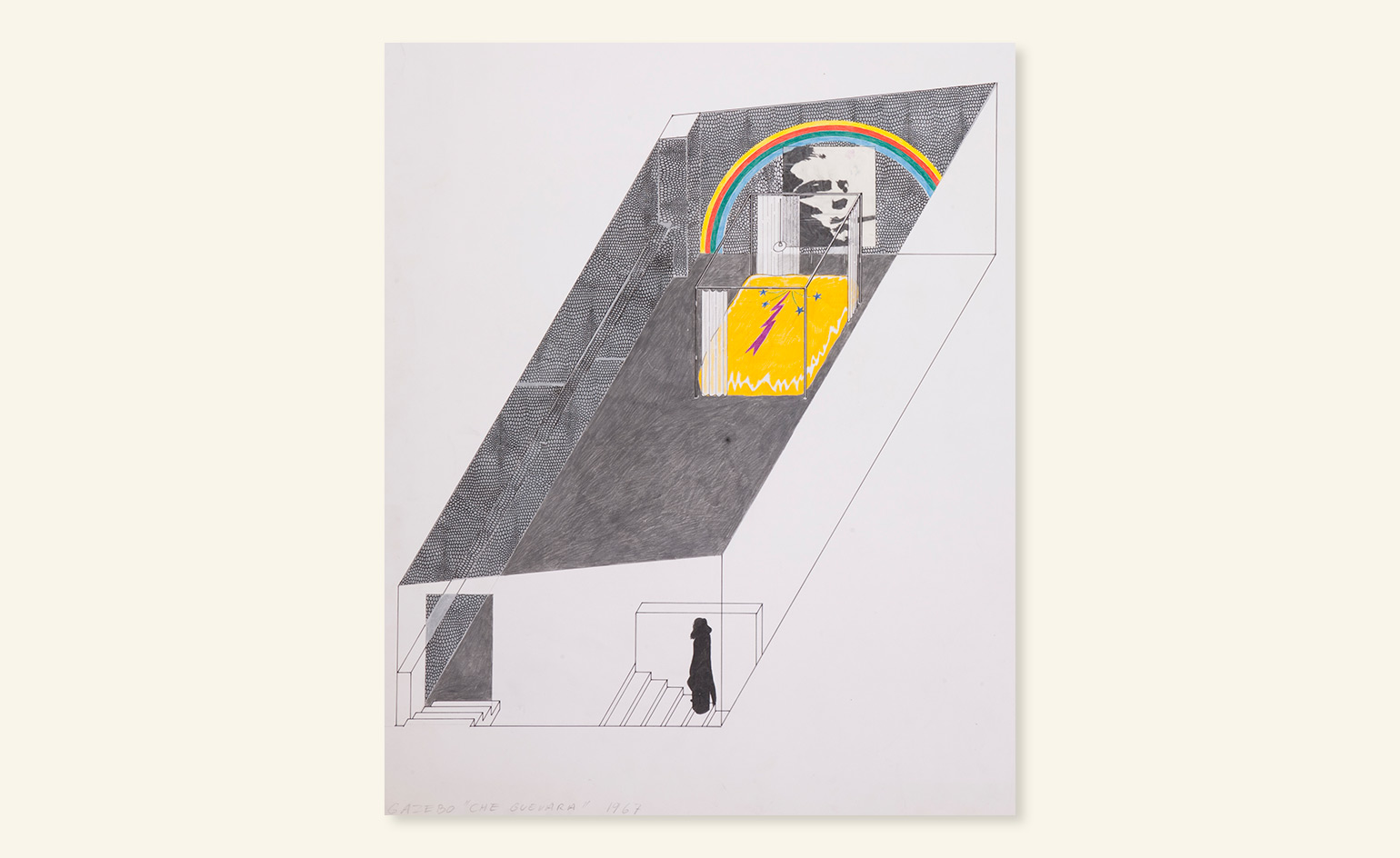
Gazebo Che Guevara, by Archizoom, 1962.
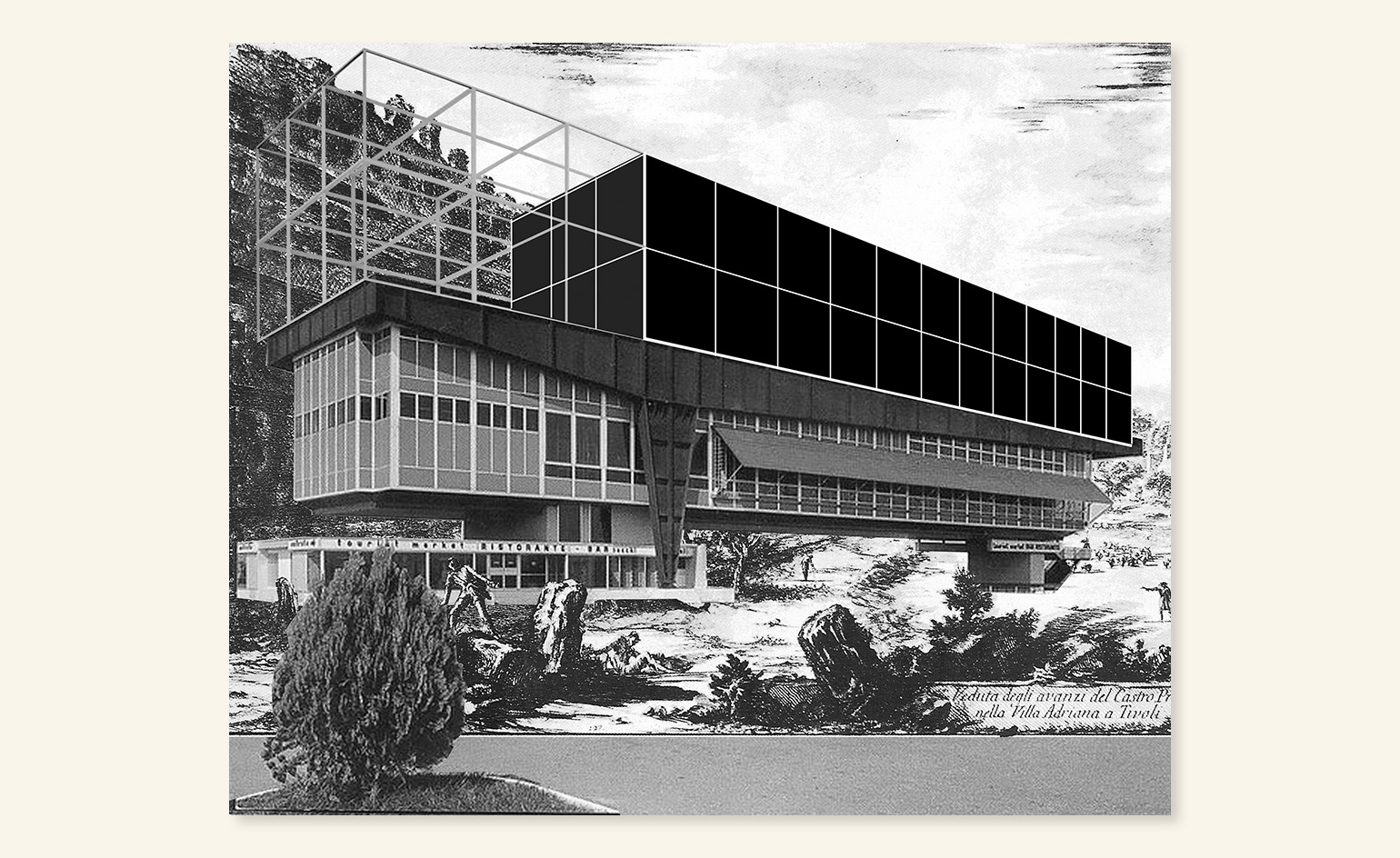
Energy bridges by Ian+ 2013

The site-specific inflatable installation for the exhibition designed by Analogique
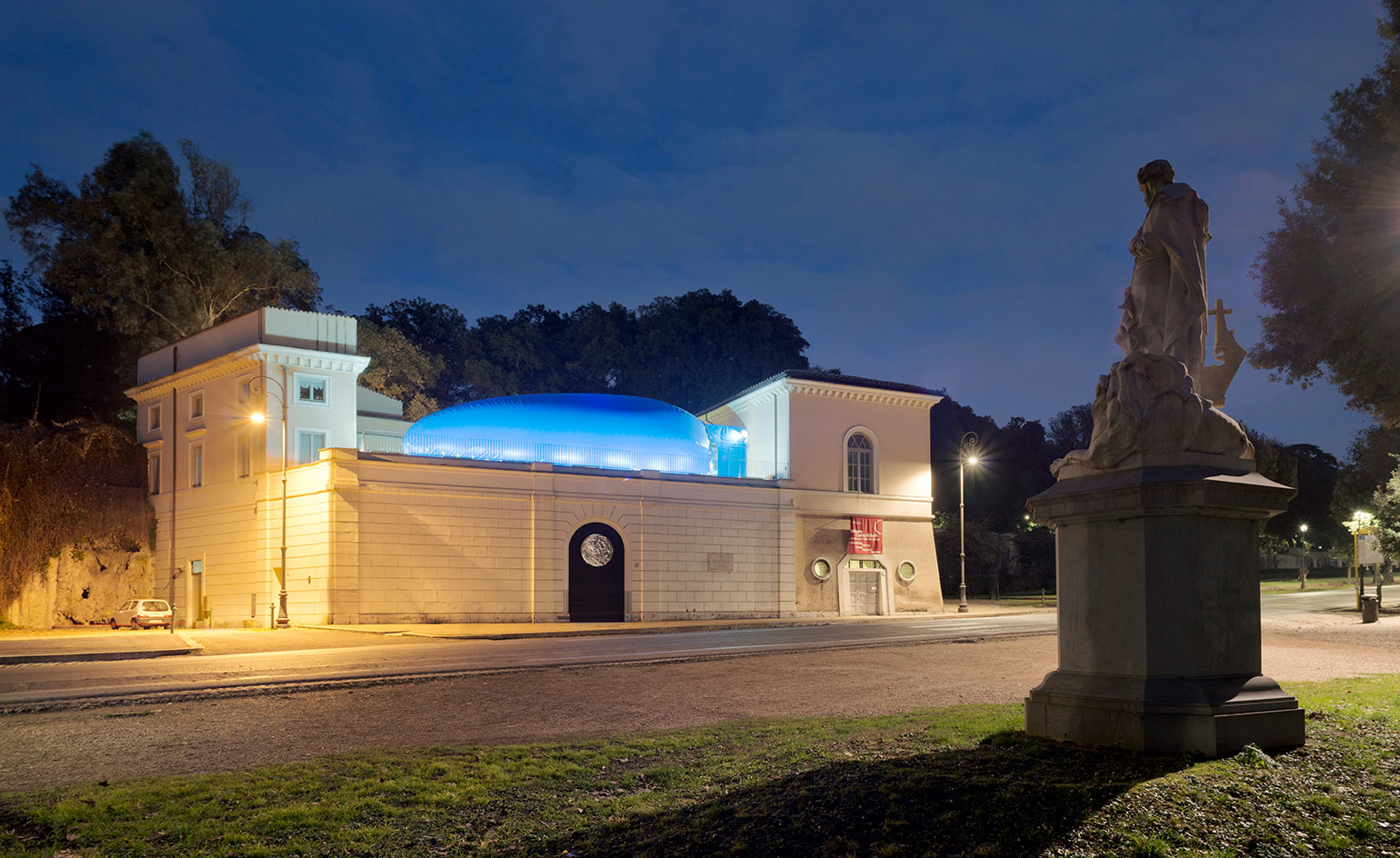
Exterior view of the Museo Carlo Bilotti, Rome, Italy with the installation
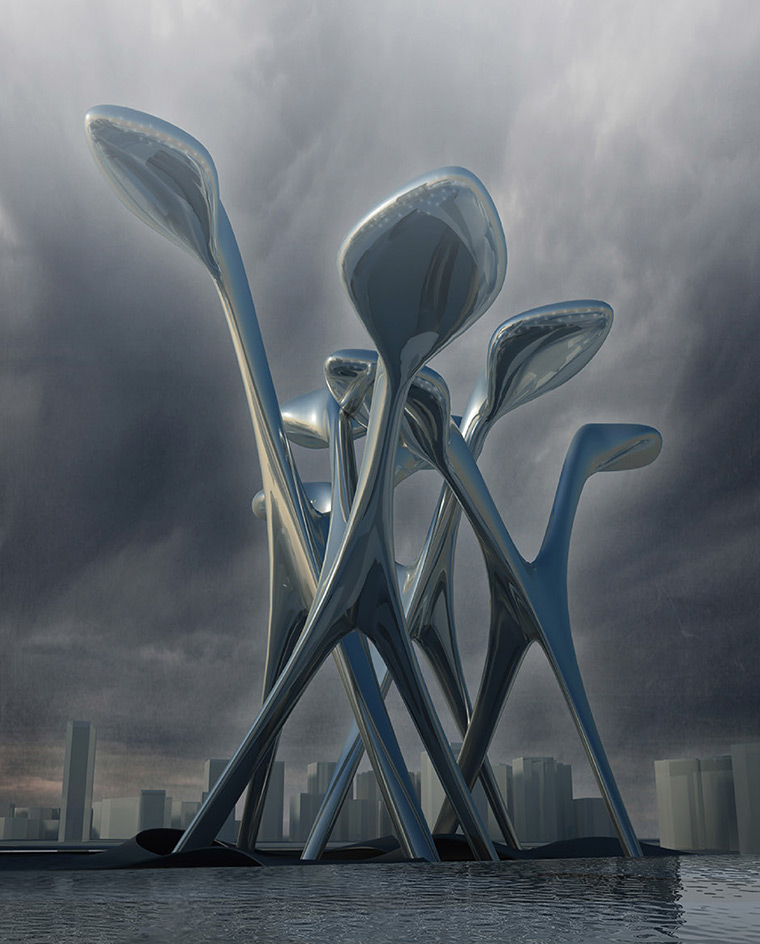
OFL Architecture, X Project, Rome, Italy, 2011
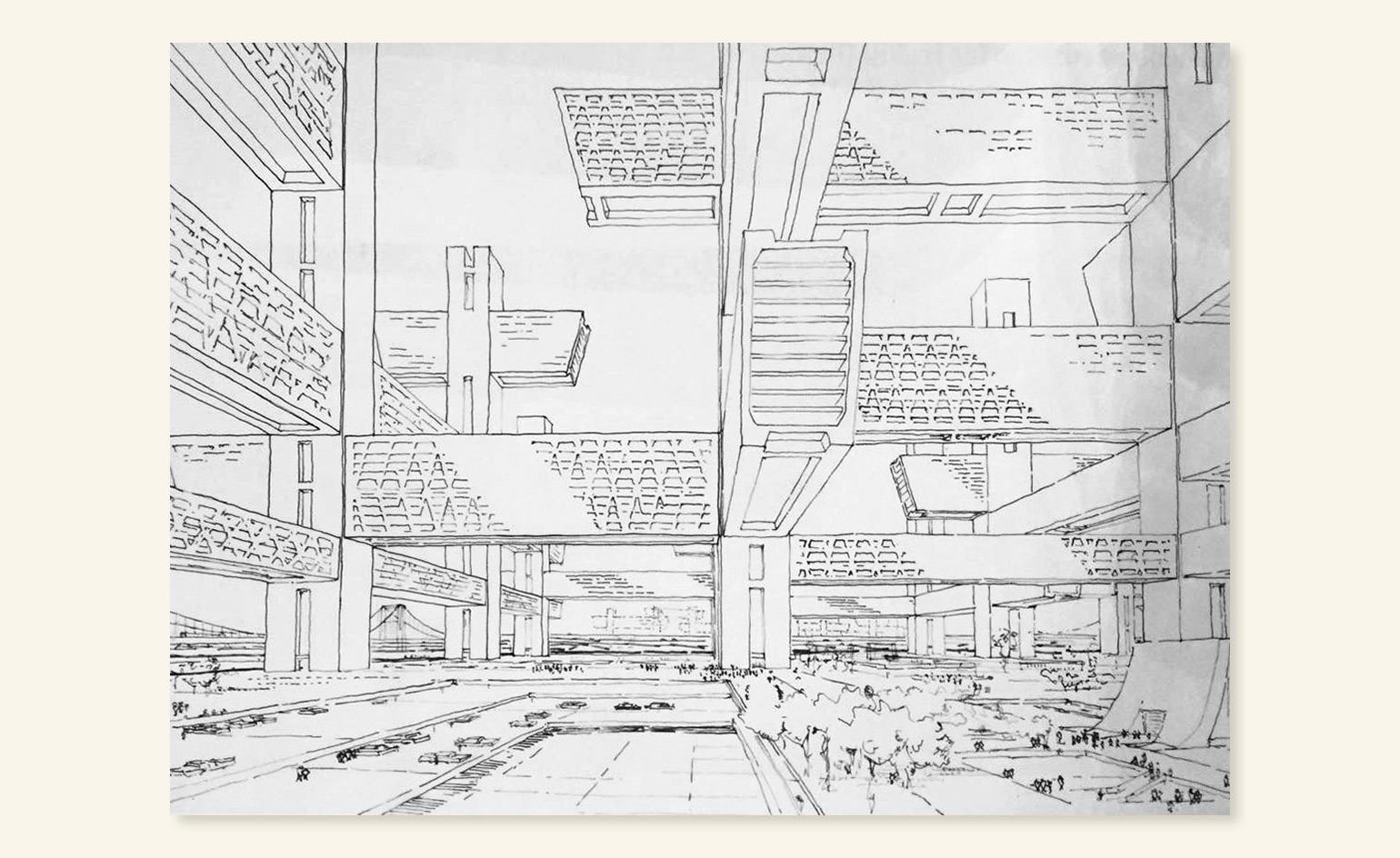
Arata Isozaki, Office Building, plan for Tokyo, with Kenzo Tange, perspective of office tower, 1960.
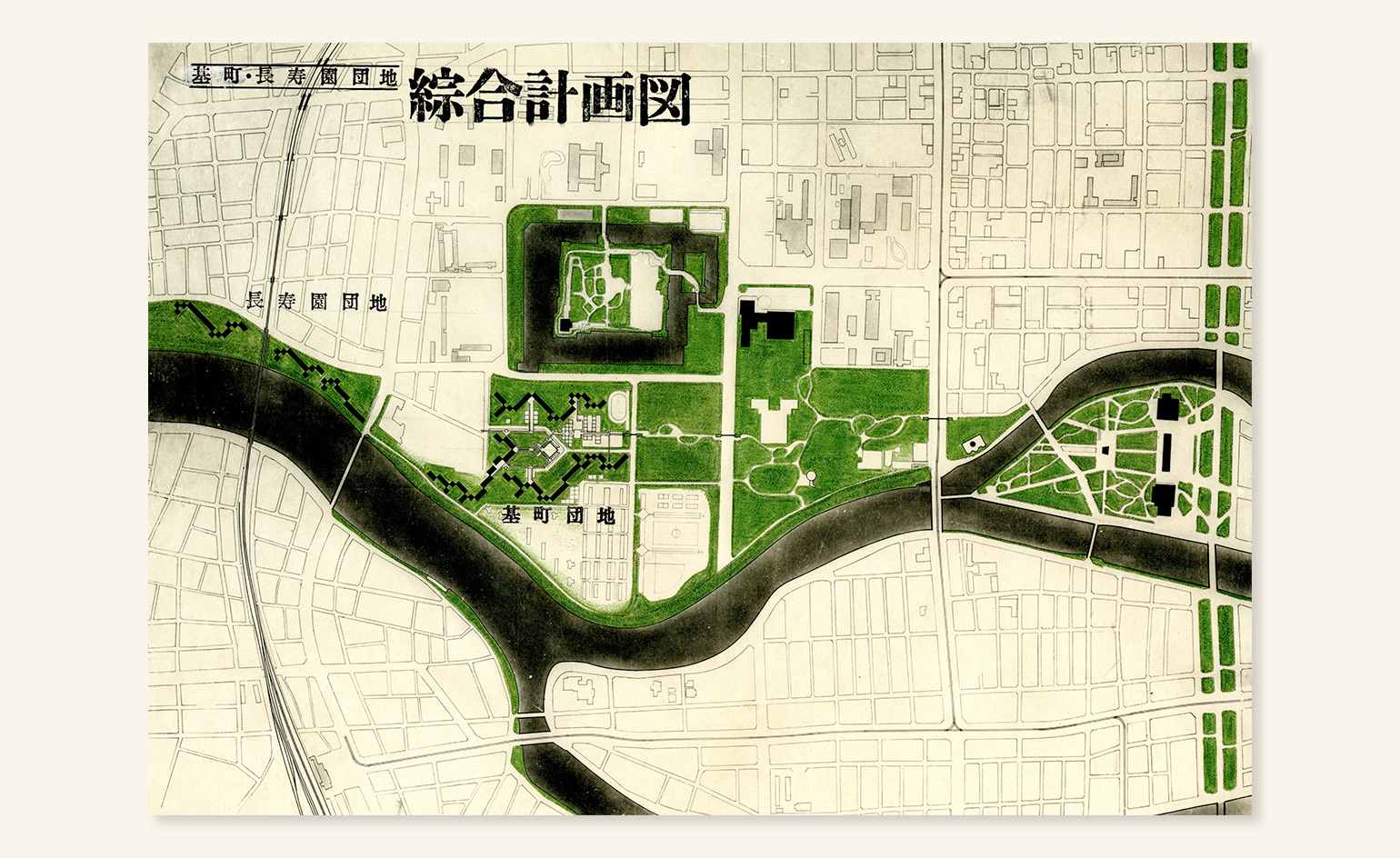
Master plan of Matomachi Apartments, Hiroshima, designed by Masato Otaka, 1969-78.
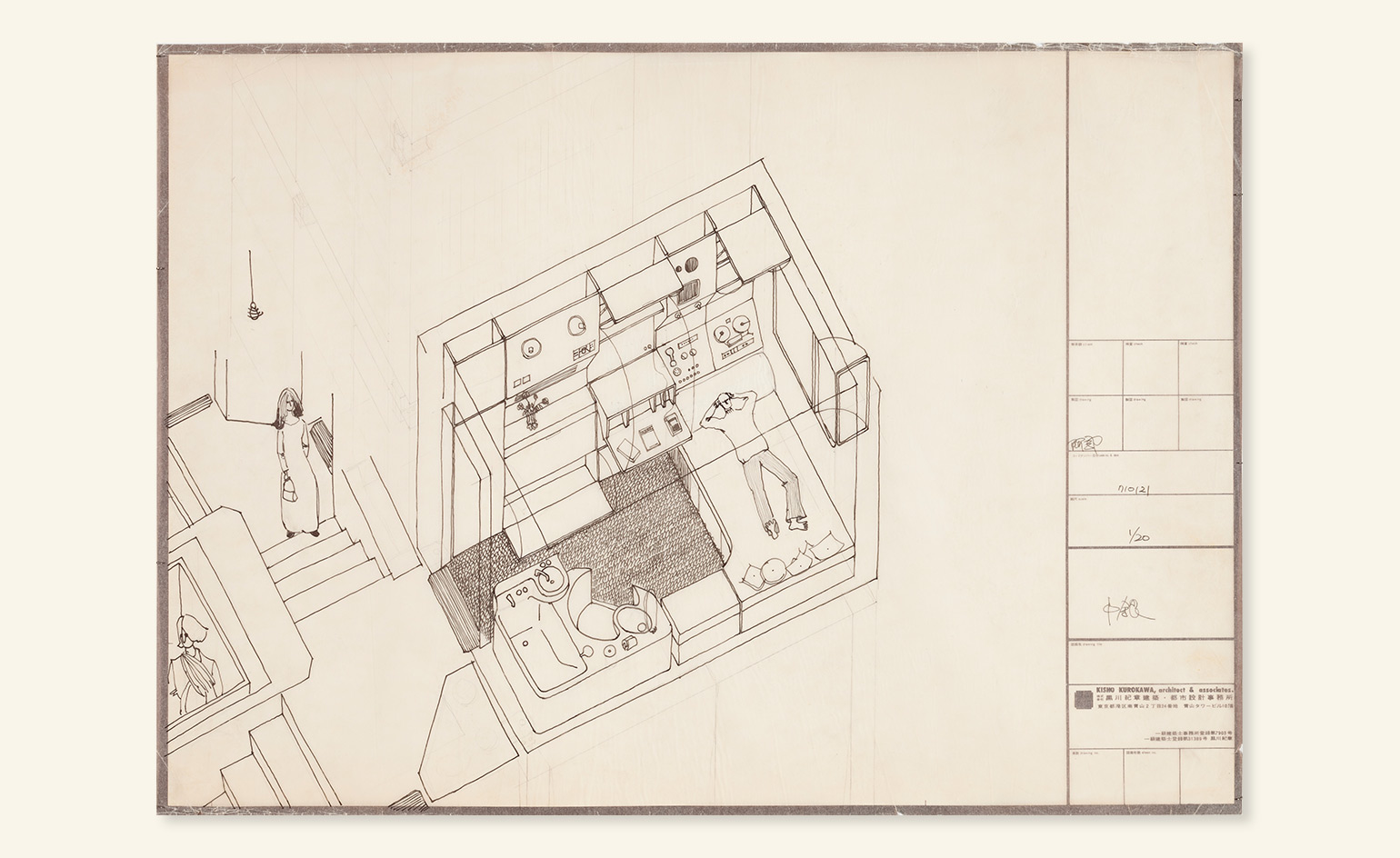
Nakagin Capsule Tower by Kisho Kurokawa, axonometric drawing of capsule unit at 1:20 scale, 1972.
INFORMATION
‘Invisible Architecture’ is on view until 26 March. For more information, visit the Museo Carlo Bilotti website
ADDRESS
Museo Carlo Bilotti
Aranciera di Villa Borghese
Rome
Receive our daily digest of inspiration, escapism and design stories from around the world direct to your inbox.
Harriet Thorpe is a writer, journalist and editor covering architecture, design and culture, with particular interest in sustainability, 20th-century architecture and community. After studying History of Art at the School of Oriental and African Studies (SOAS) and Journalism at City University in London, she developed her interest in architecture working at Wallpaper* magazine and today contributes to Wallpaper*, The World of Interiors and Icon magazine, amongst other titles. She is author of The Sustainable City (2022, Hoxton Mini Press), a book about sustainable architecture in London, and the Modern Cambridge Map (2023, Blue Crow Media), a map of 20th-century architecture in Cambridge, the city where she grew up.
-
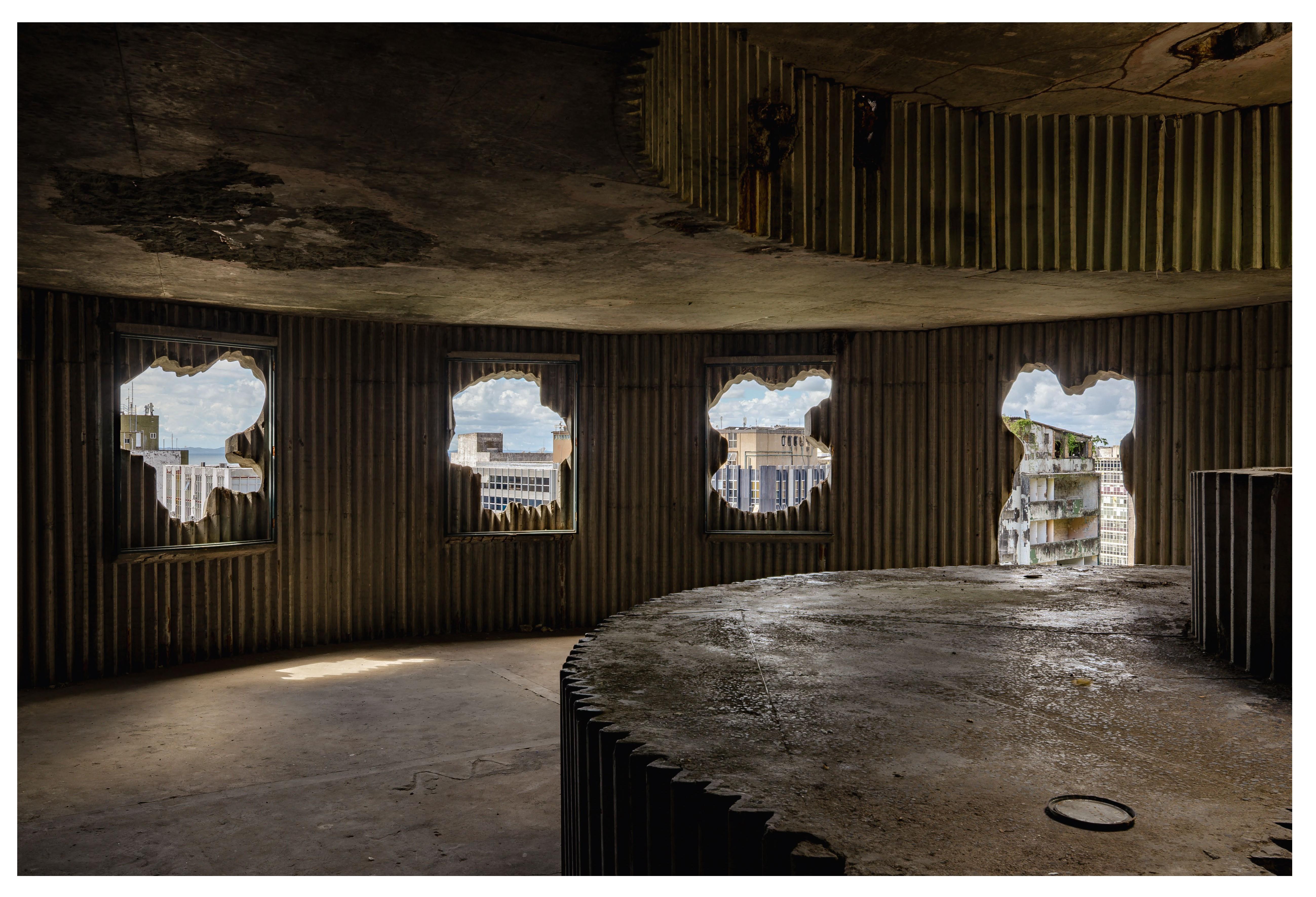 Arts institution Pivô breathes new life into neglected Lina Bo Bardi building in Bahia
Arts institution Pivô breathes new life into neglected Lina Bo Bardi building in BahiaNon-profit cultural institution Pivô is reactivating a Lina Bo Bardi landmark in Salvador da Bahia in a bid to foster artistic dialogue and community engagement
-
 Joy Gregory subverts beauty standards with her new exhibition at Whitechapel Gallery
Joy Gregory subverts beauty standards with her new exhibition at Whitechapel GalleryUnrealistic beauty standards hide ugly realities in 'Joy Gregory: Catching Flies with Honey '
-
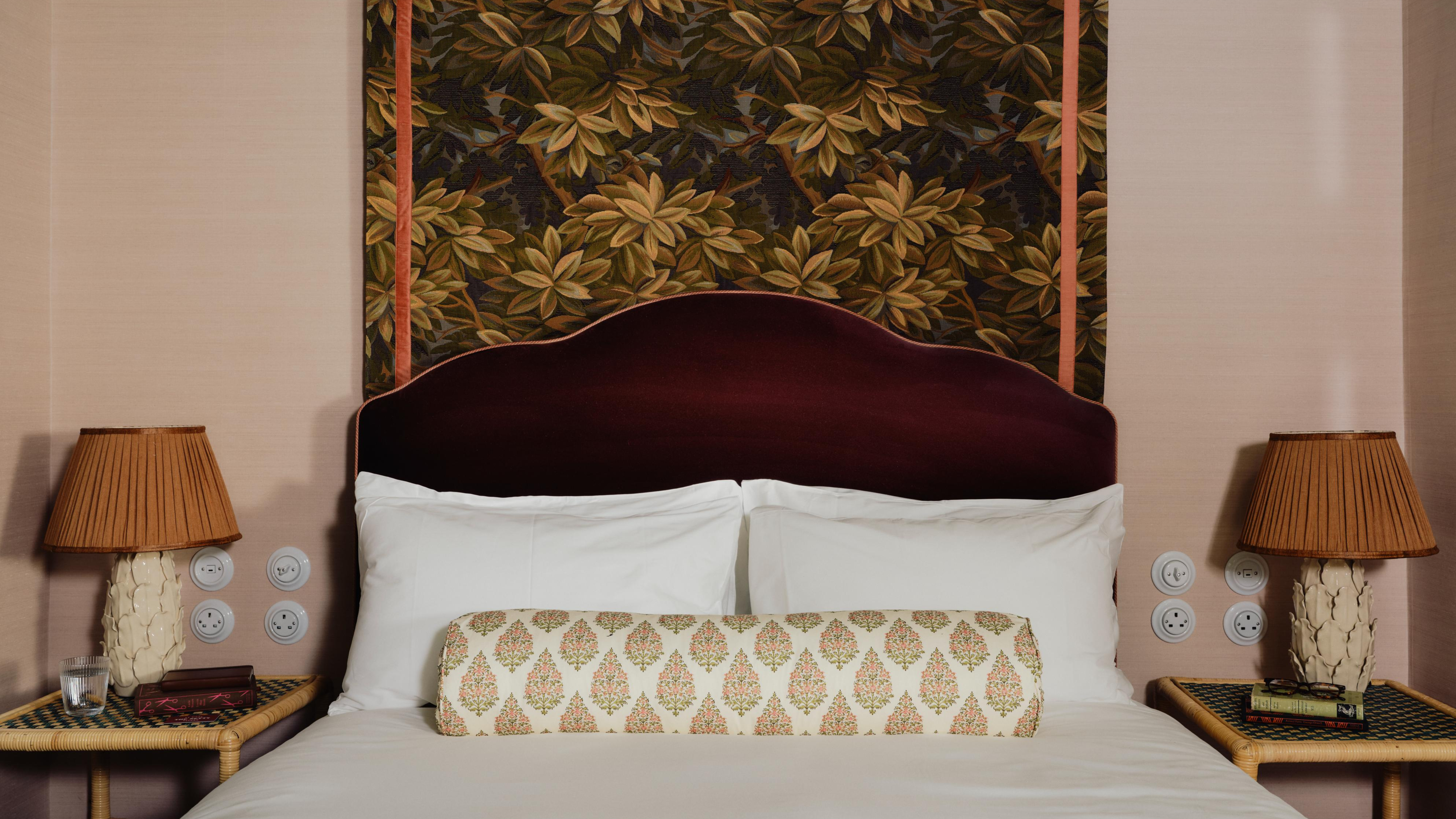 Rachael Gowdridge reinvents a Victorian public toilet as boutique suites
Rachael Gowdridge reinvents a Victorian public toilet as boutique suites17 years after closing, a public loo on Oxford’s St Giles has reopened as a set of two richly decorated hotel suites
-
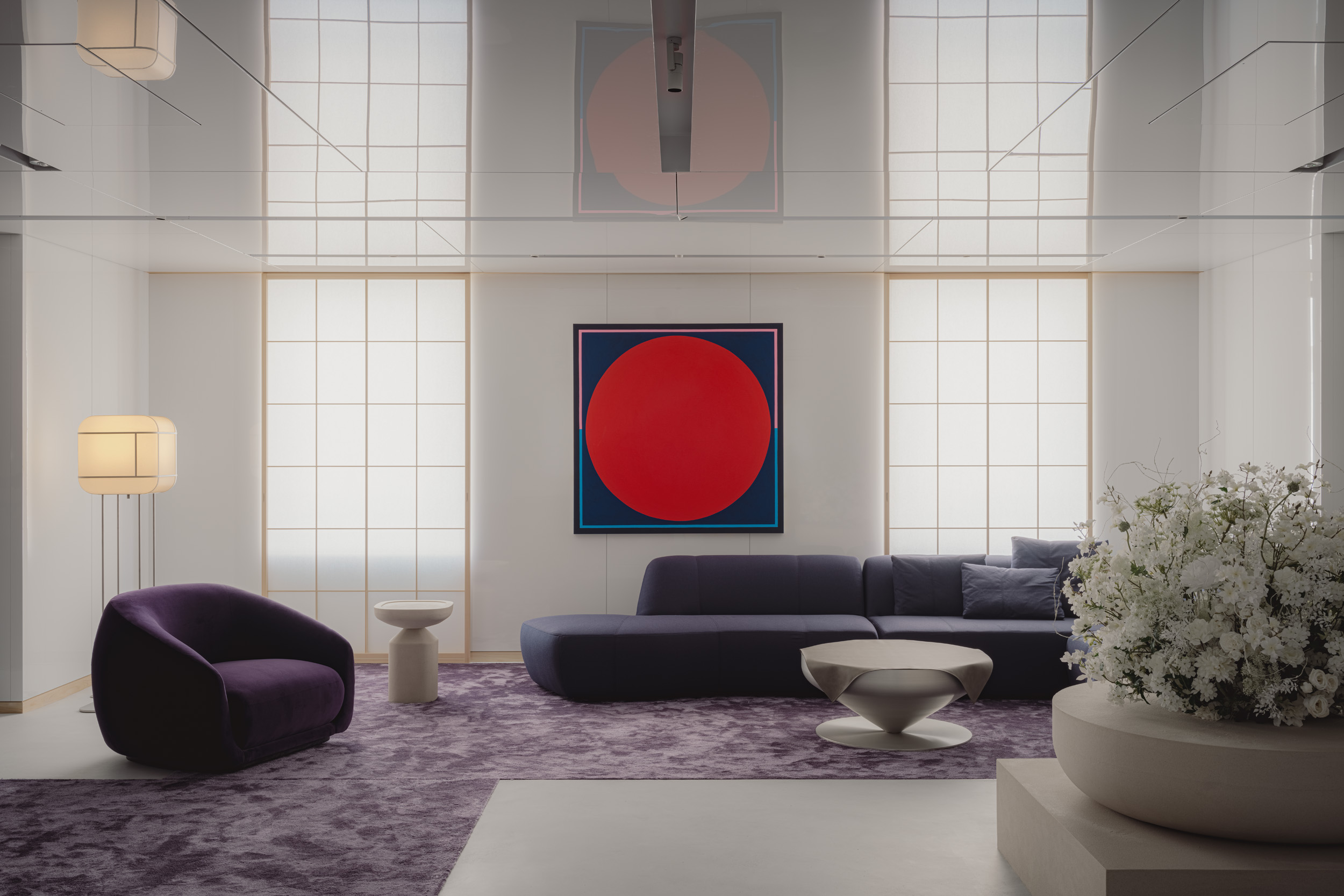 Matsuya Ginza lounge is a glossy haven at Tokyo’s century-old department store
Matsuya Ginza lounge is a glossy haven at Tokyo’s century-old department storeA new VIP lounge inside Tokyo’s Matsuya Ginza department store, designed by I-IN, balances modernity and elegance
-
 The Architecture Edit: Wallpaper’s houses of the month
The Architecture Edit: Wallpaper’s houses of the monthThis September, Wallpaper highlighted a striking mix of architecture – from iconic modernist homes newly up for sale to the dramatic transformation of a crumbling Scottish cottage. These are the projects that caught our eye
-
 Utopian, modular, futuristic: was Japanese Metabolism architecture's raddest movement?
Utopian, modular, futuristic: was Japanese Metabolism architecture's raddest movement?We take a deep dive into Japanese Metabolism, the pioneering and relatively short-lived 20th-century architecture movement with a worldwide impact; explore our ultimate guide
-
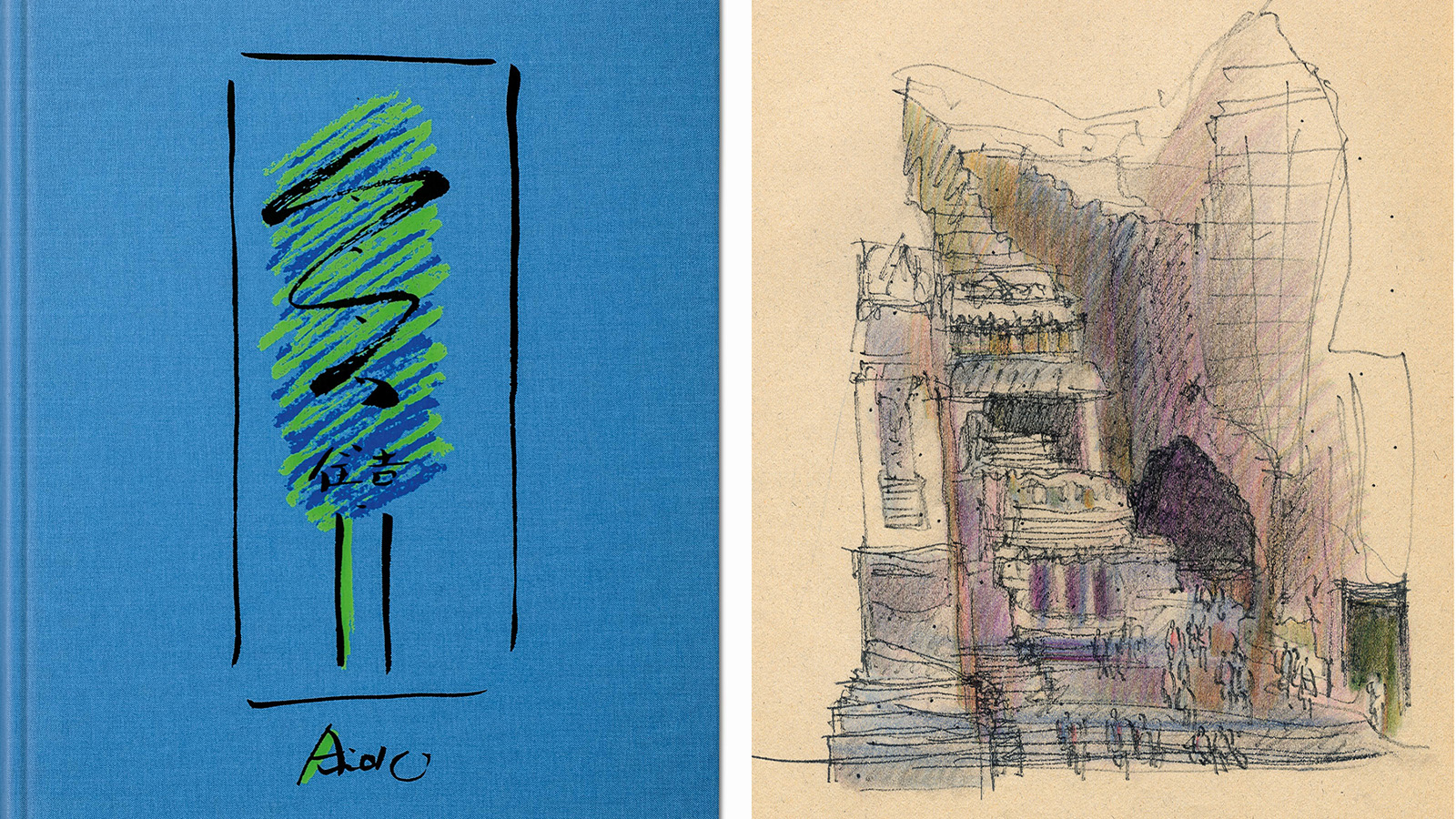 A new Tadao Ando monograph unveils the creative process guiding the architect's practice
A new Tadao Ando monograph unveils the creative process guiding the architect's practiceNew monograph ‘Tadao Ando. Sketches, Drawings, and Architecture’ by Taschen charts decades of creative work by the Japanese modernist master
-
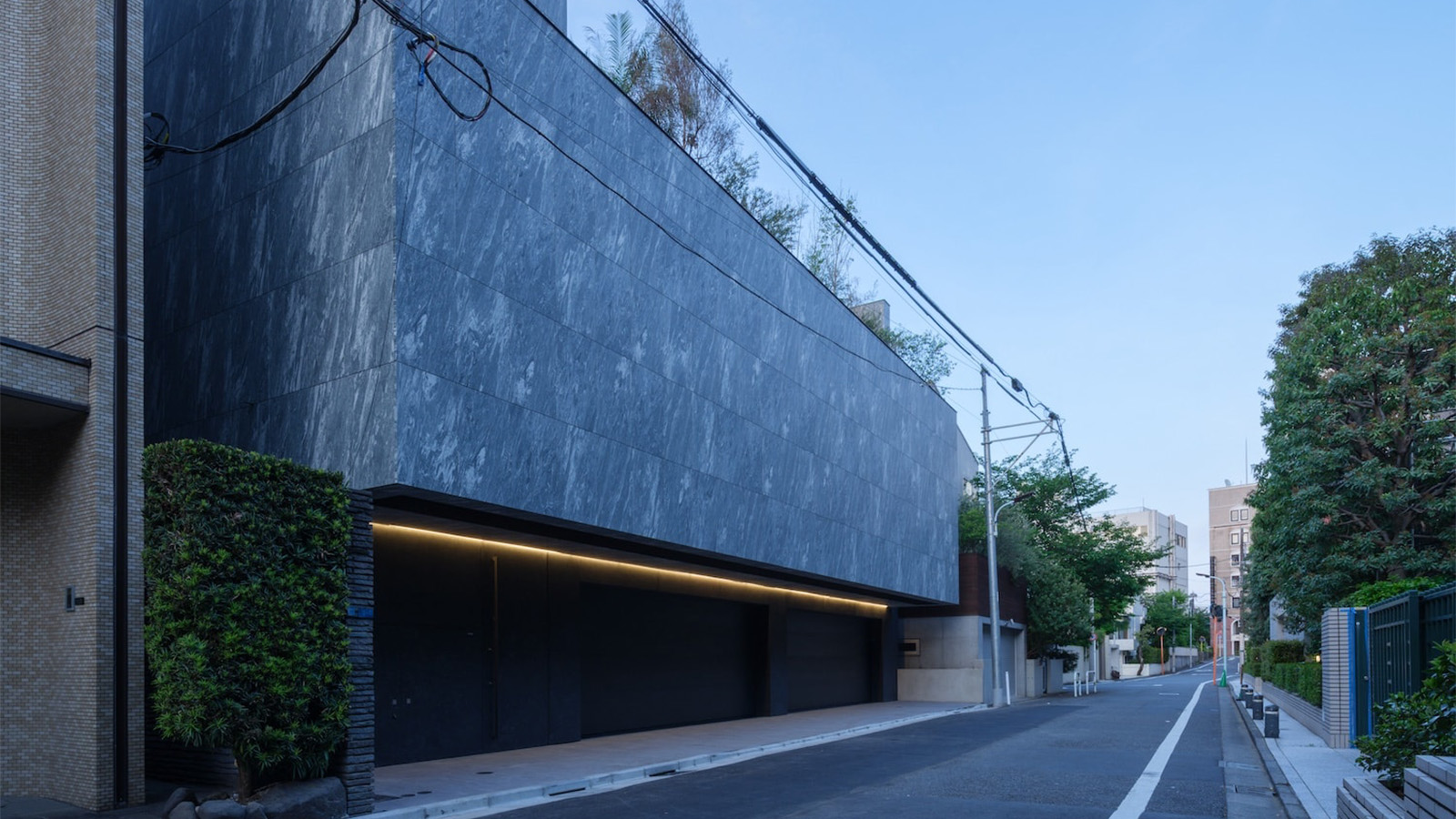 A Tokyo home’s mysterious, brutalist façade hides a secret urban retreat
A Tokyo home’s mysterious, brutalist façade hides a secret urban retreatDesigned by Apollo Architects, Tokyo home Stealth House evokes the feeling of a secluded resort, packaged up neatly into a private residence
-
 Landscape architect Taichi Saito: ‘I hope to create gentle landscapes that allow people’s hearts to feel at ease’
Landscape architect Taichi Saito: ‘I hope to create gentle landscapes that allow people’s hearts to feel at ease’We meet Taichi Saito and his 'gentle' landscapes, as the Japanese designer discusses his desire for a 'deep and meaningful' connection between humans and the natural world
-
 Campaigners propose reuse to save Kenzo Tange’s modernist ‘Ship Gymnasium’ in Japan
Campaigners propose reuse to save Kenzo Tange’s modernist ‘Ship Gymnasium’ in JapanThe Pritzker Prize-winning architect’s former Kagawa Prefectural Gymnasium is at risk of demolition; we caught up with the campaigners who hope to save it
-
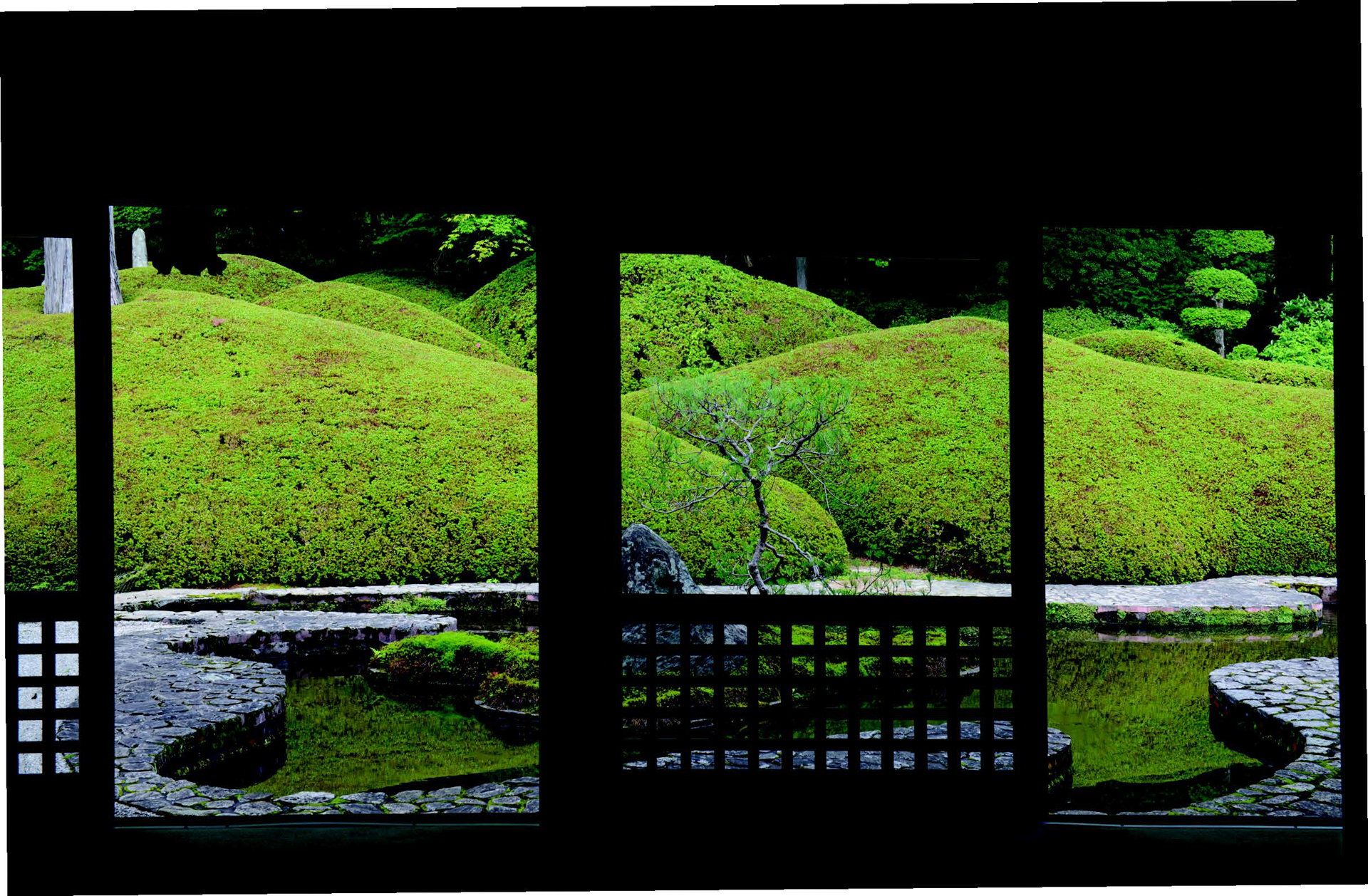 A new photo book explores the symbolic beauty of the Japanese garden
A new photo book explores the symbolic beauty of the Japanese garden‘Modern Japanese Gardens’ from Thames & Hudson traces the 20th-century evolution of these serene spaces, where every element has a purpose